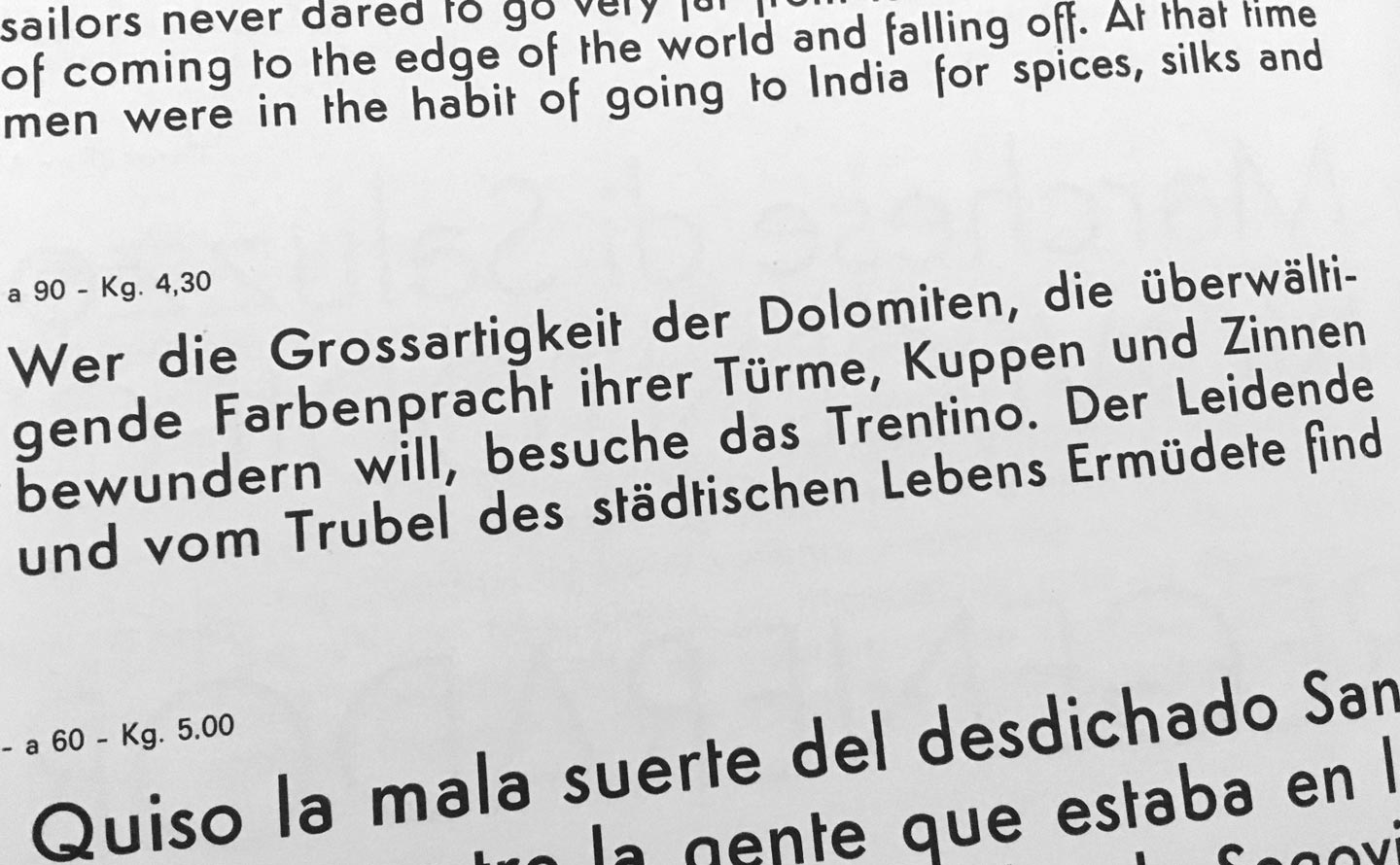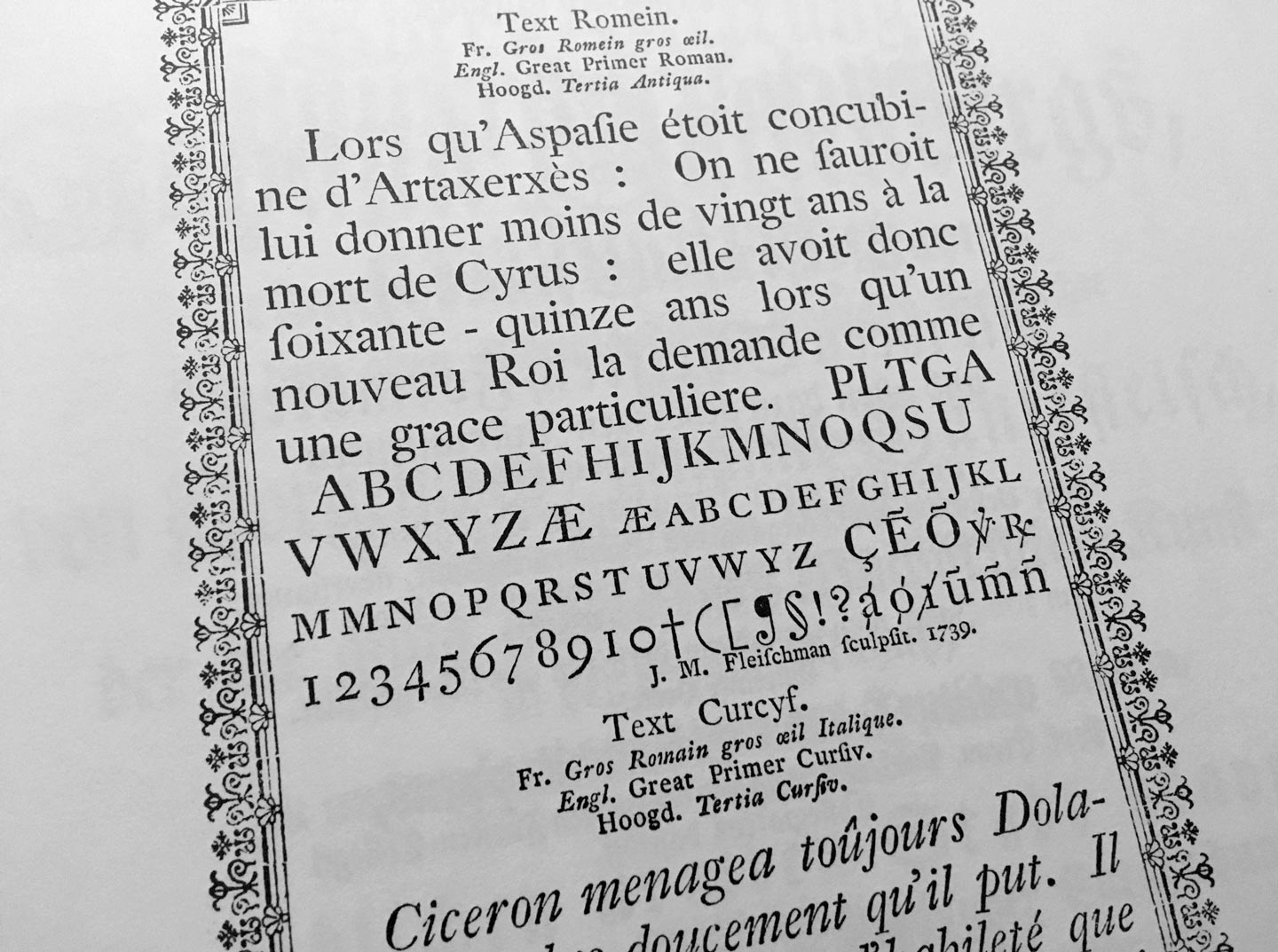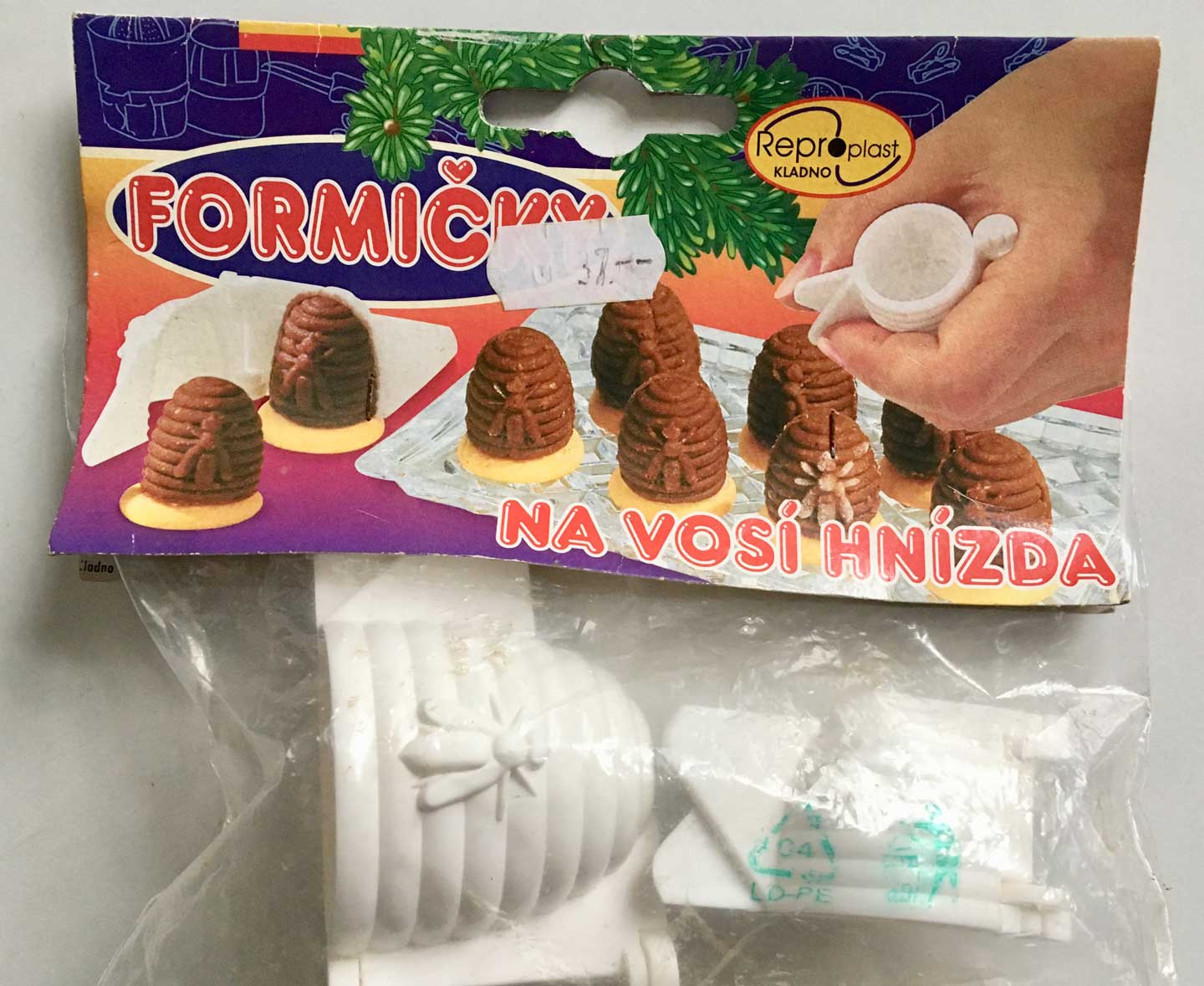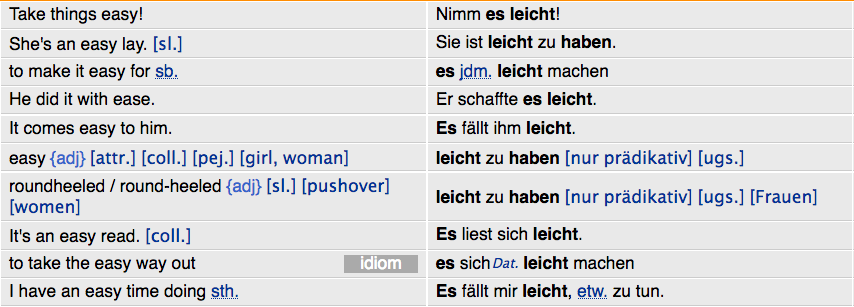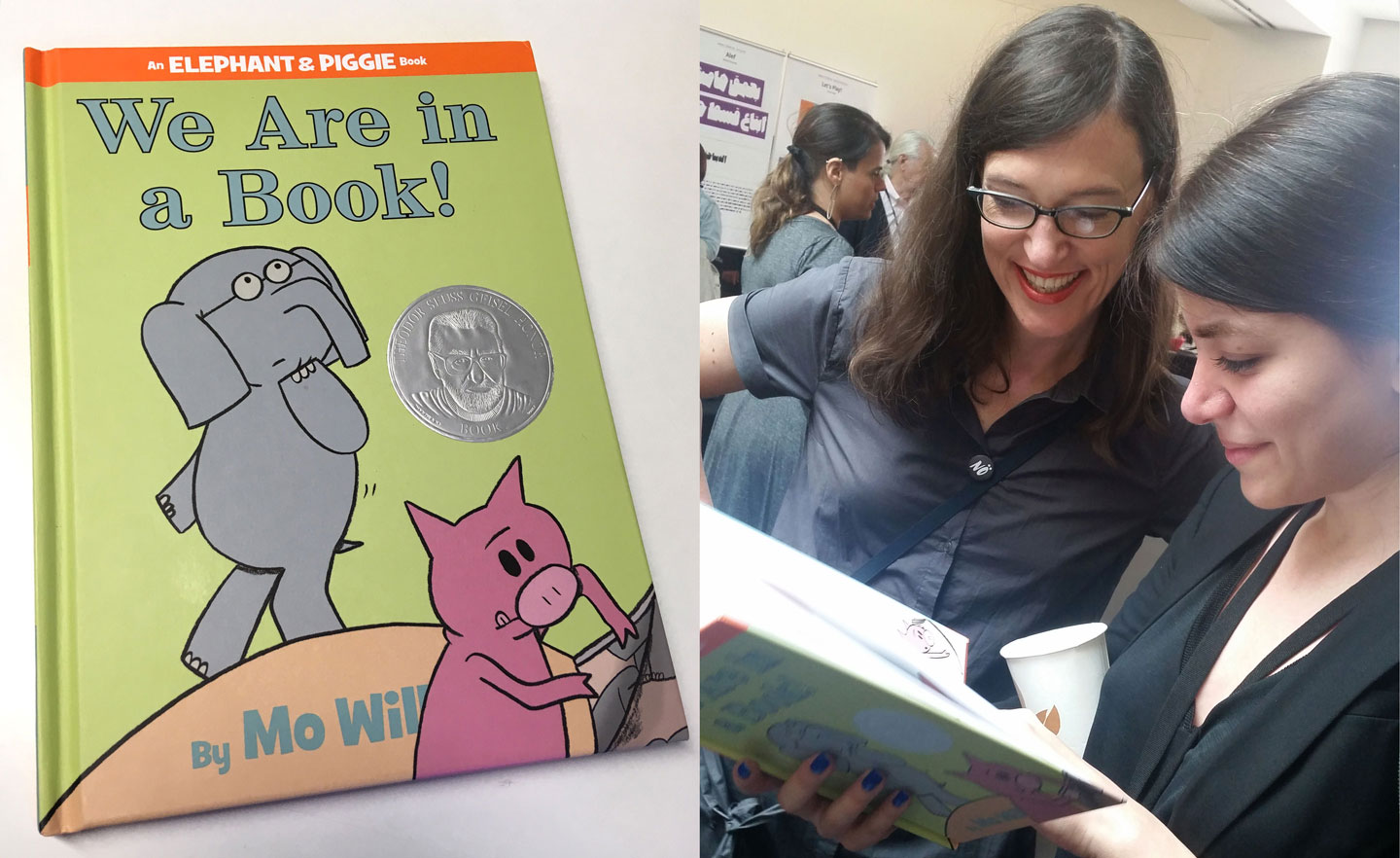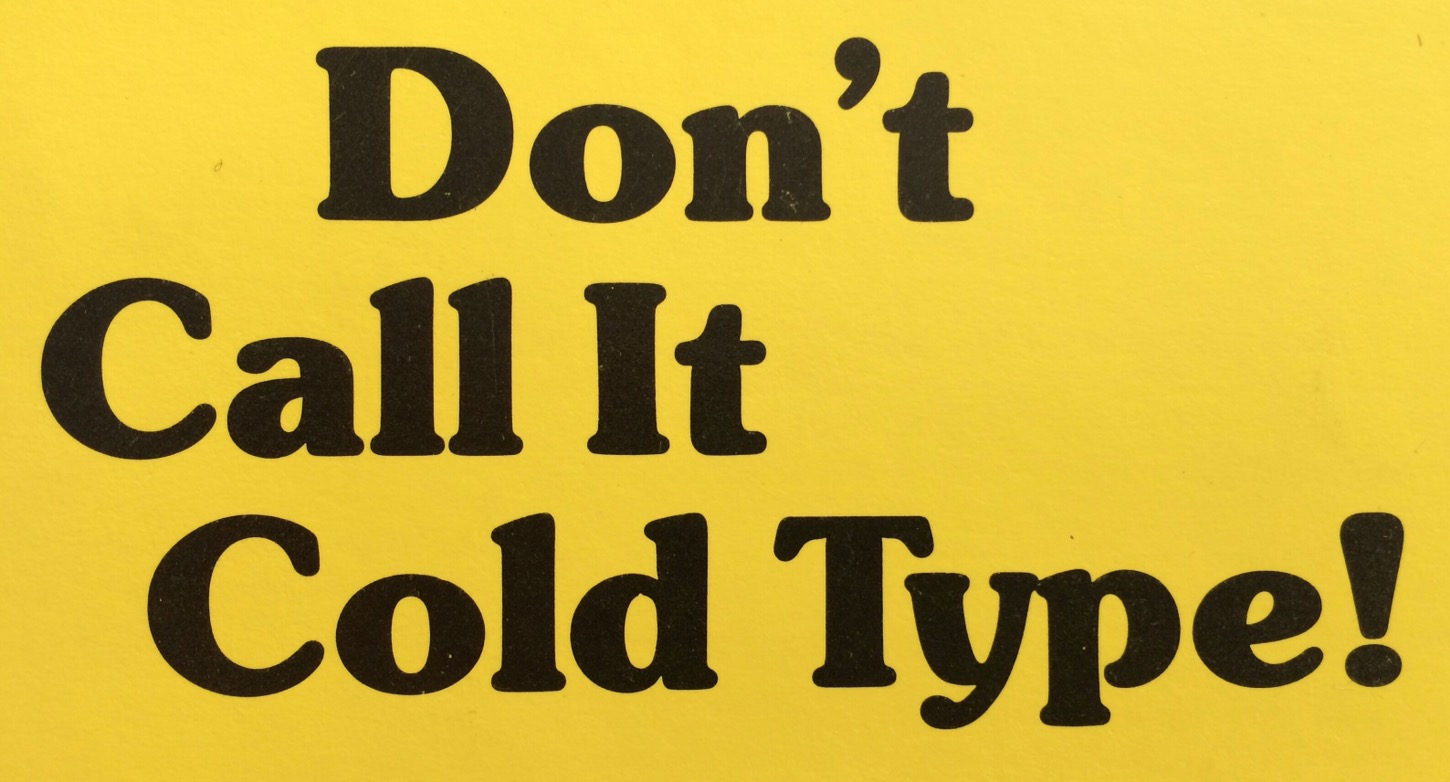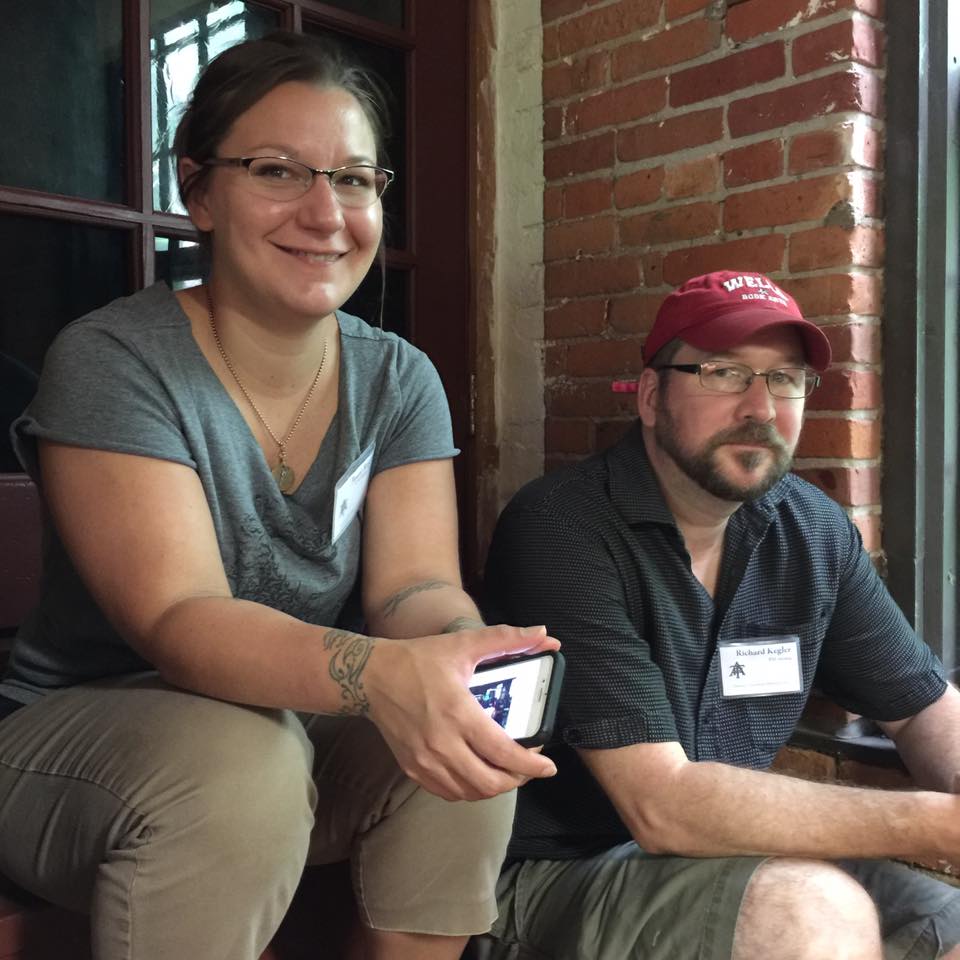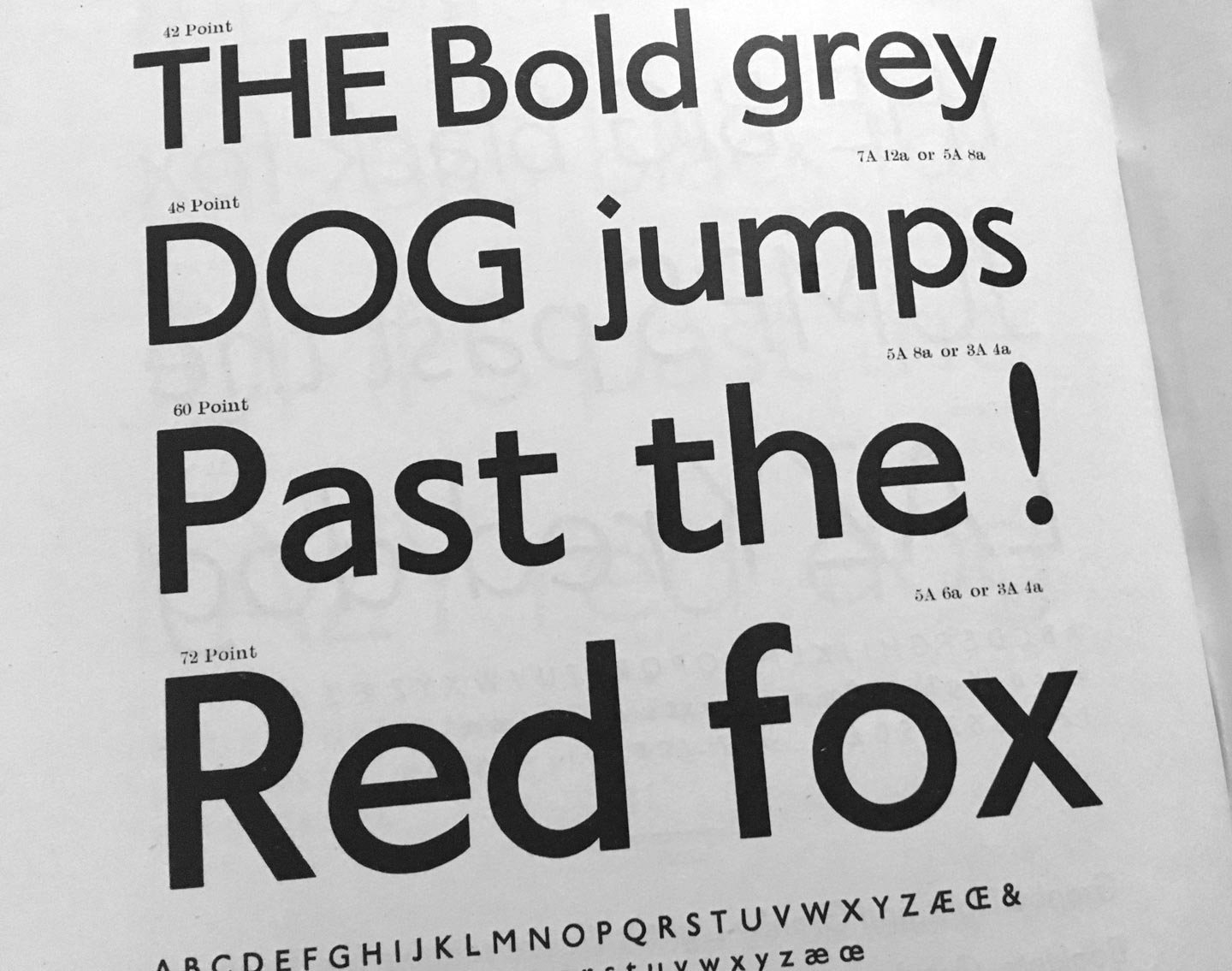
Granby by Stephenson Blake (1930). From: Specimen of Printing Type, Stephenson Blake / The Caslon Letter Foundry Sheffield, 1953
If you are looking for a humanist sans-serif with a slight English flair, here are some less overused and ambivalent alternatives:
Agenda, Greg Thompson, Font Bureau
Apres, David Berlow, Font Bureau
Astoria, Alan Meeks, Alan Meeks Collection
Bliss, Jeremy Tankard, Jeremy Tankard Typography
Cronos, Robert Slimbach, Adobe Type
Documenta Sans, Frank Blokland, DTL
Dover Sans Text and Display, Robin Mientjes, Tiny Type Co
Edward, Hendrik Weber, formally Ourtype
Granby, Stephenson Blake, Elsner + Flake, Scangraphic
Halifax, Dieter Hofrichter, Hoftype
Johnston, Edward Johnston, David Farey, ITC
(Johnston) Underground, Edward Johnston, Richard Kegler, P22
London, Henrik Kubel, A2-Type
Mallory, Tobias Frere-Jones, Frere-Jones Type
Metro Office, Akira Kobayashi, Linotype
Mr. Eaves, Zuzana Licko, Emigre
New Atten, Miles Newlyn, Newlyn Type
Relay, Cyrus Highsmith, Occupant Fonts
Rowton Sans, Julien Priez, Hugo Dumont, Jérémie Hornus and Alisa Nowak, Font You
Seravek, Eric Olson, Process Type
Today Sans, Volker Küster, Elsner + Flake
Yoga Sans by Xavier Dupret, Monotype
Zeitung, Akiem Helmling, Bas Jacobs, Sami Kortemäki, Underware

